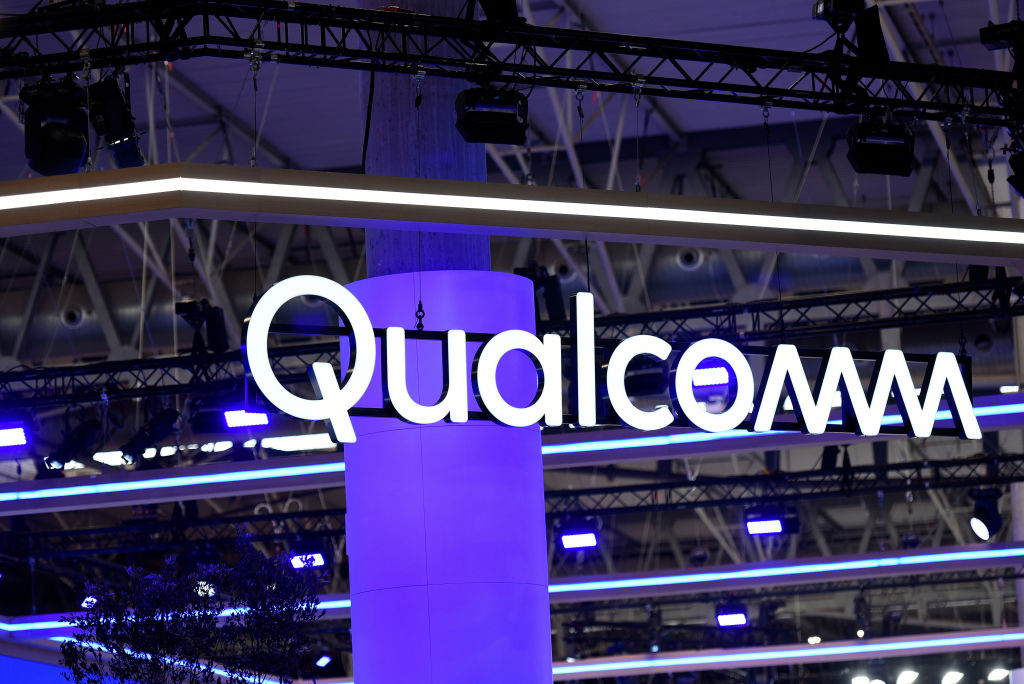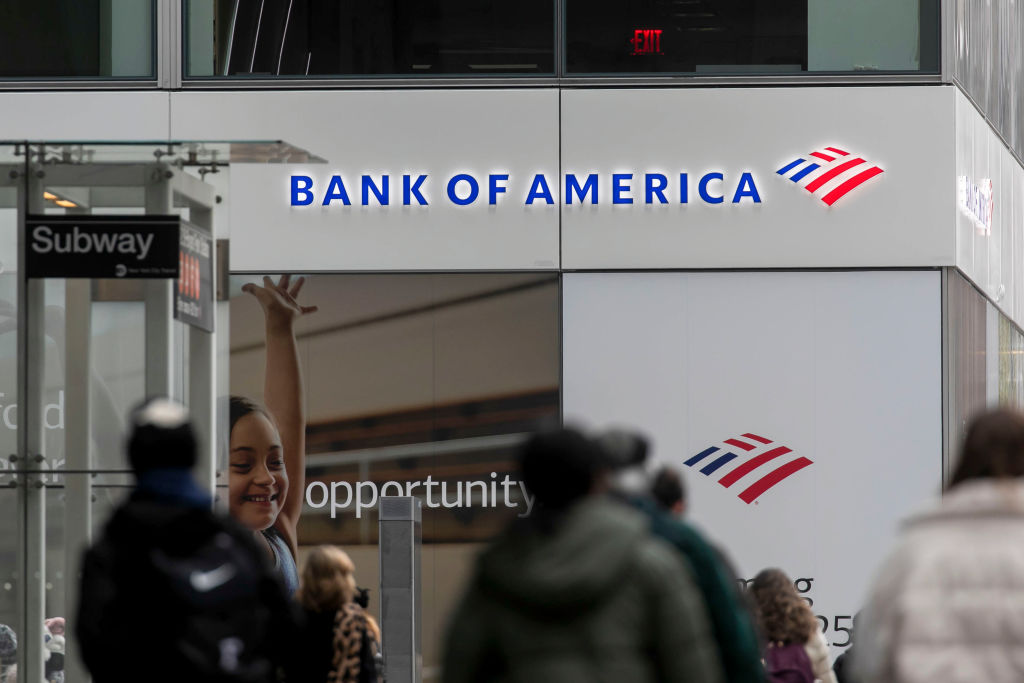Getty Images: Adapting to Change
This image distributor is focusing in on the future for its industry.
It's been said that a Monet painting looks good from afar, but up close it looks like a jumbled mess. The opposite appears true for Getty Images. At first glance, the company's fourth-quarter earnings report seemed grim. Earnings of 50 cents per share fell six cents short of Wall Street's expectations -- marking the fourth consecutive quarter that Getty has missed analysts' estimates. Moreover, earnings slipped nearly 30% from the same period a year earlier.
But investors were unfazed. On January 30, the first trading day after the earnings announcement, Getty's stock (symbol GYI) jumped 9%. It gained another 2% on January 31, closing at $49.27. Why such optimism? On further inspection, Getty's fourth-quarter results revealed that the company ended an otherwise disappointing year on a high note.
It has been a rough year for the Seattle company, which manages a database of photographs and other images that are licensed for use by advertising agencies, Web sites, magazines, newspapers, and film producers. Getty is facing challenges on several fronts. The print industry is slowing, sparking changes in the ways clients use stock images. Meanwhile, to fend off competition from rivals that employ new pricing models, the company has launched restructuring plans. Some analysts remain skeptical "until the company can string together several quarters of stable revenue growth and consistent earnings per share results," as one of them, Christa Sober Quarles of Thomas Weisel Partners, wrote in a note to clients. She maintains a "market weight," or neutral, rating on the stock.
From just $107.88 $24.99 for Kiplinger Personal Finance
Become a smarter, better informed investor. Subscribe from just $107.88 $24.99, plus get up to 4 Special Issues

Sign up for Kiplinger’s Free Newsletters
Profit and prosper with the best of expert advice on investing, taxes, retirement, personal finance and more - straight to your e-mail.
Profit and prosper with the best of expert advice - straight to your e-mail.
But, put in perspective, these obstacles aren't as dire as they seem, say Bear Stearns analysts James Ballan and Ryan Casey. "Although long-term challenges remain, we believe the company's fourth-quarter results have proven these concerns to be unfounded," they told clients. The pair upgraded Getty's stock and gave it a year-end price target of $60.
Getty announced in October that it was laying off several dozen employees and hiring others with different skills, as well as consolidating office space. Excluding the restructuring costs associated with those moves, the company earned 66 cents a share during the fourth quarter, compared with 65 cents a year earlier. What's more, Getty's sales rose 10% in the fourth quarter, to $203.5 million, and also rose 10% for the year, to $807 million. Getty also generated free cash flow last year of $269 million, $208 million of which it used for share repurchases.
Ballan and Casey expect Getty to earn $2.62 per share this year and $2.98 in 2008. That gives it a price-earnings ratio of 19 on this year's earnings and 16 on next year's. These estimates are actually on the conservative side, the two say. "We believe this conservative case is enough to illustrate a compelling investment opportunity at current prices." The analysts think Getty's revenue will grow 5% to 6% annually through 2012, and that earnings per share will grow 12% to 13% a year. (Getty itself says it expects 2007 revenue growth to be in the mid-single-digit range, and earnings growth in the high-single digits.)
Several factors should drive Getty's performance in the coming year. The company remains one of the biggest players among image distributors -- and that's a good thing, because ad agencies and other clients don't want to sort through different databases looking for the photos they want to buy. Getty is also expanding its reach overseas, the source of more than half of its sales. That part of the business is growing rapidly, as text-heavy advertisements are disappearing in such emerging nations as China and India, and newspapers are beginning to incorporate more photographs. The Getty unit responsible for licensing images for film is also growing at a healthy pace.
Also worth noting is that San Francisco-based investment firm Blum Capital Partners has taken a 5% stake in Getty Images, according to a January 29 regulatory filing. The firm has a history of getting involved in the operations of companies it invests in.
Profit and prosper with the best of Kiplinger's advice on investing, taxes, retirement, personal finance and much more. Delivered daily. Enter your email in the box and click Sign Me Up.
-
 Forget FIRE: Why ‘FILE’ Is the Smarter Move for Child-Free DINKs
Forget FIRE: Why ‘FILE’ Is the Smarter Move for Child-Free DINKsHow shifting from "Retiring Early" to "Living Early" allows child-free adults to enjoy their wealth while they’re still young enough to use it.
-
 7 Tax Blunders to Avoid in Your First Year of Retirement
7 Tax Blunders to Avoid in Your First Year of RetirementA business-as-usual approach to taxes in the first year of retirement can lead to silly trip-ups that erode your nest egg. Here are seven common goofs to avoid.
-
 How to Plan for Social Security in 2026's Changing Landscape
How to Plan for Social Security in 2026's Changing LandscapeNot understanding how the upcoming changes in 2026 might affect you could put your financial security in retirement at risk. This is what you need to know.
-
 If You'd Put $1,000 Into Lowe's Stock 20 Years Ago, Here's What You'd Have Today
If You'd Put $1,000 Into Lowe's Stock 20 Years Ago, Here's What You'd Have TodayLowe's stock has delivered disappointing returns recently, but it's been a great holding for truly patient investors.
-
 If You'd Put $1,000 Into 3M Stock 20 Years Ago, Here's What You'd Have Today
If You'd Put $1,000 Into 3M Stock 20 Years Ago, Here's What You'd Have TodayMMM stock has been a pit of despair for truly long-term shareholders.
-
 If You'd Put $1,000 Into Coca-Cola Stock 20 Years Ago, Here's What You'd Have Today
If You'd Put $1,000 Into Coca-Cola Stock 20 Years Ago, Here's What You'd Have TodayEven with its reliable dividend growth and generous stock buybacks, Coca-Cola has underperformed the broad market in the long term.
-
 If You Put $1,000 into Qualcomm Stock 20 Years Ago, Here's What You Would Have Today
If You Put $1,000 into Qualcomm Stock 20 Years Ago, Here's What You Would Have TodayQualcomm stock has been a big disappointment for truly long-term investors.
-
 If You'd Put $1,000 Into Home Depot Stock 20 Years Ago, Here's What You'd Have Today
If You'd Put $1,000 Into Home Depot Stock 20 Years Ago, Here's What You'd Have TodayHome Depot stock has been a buy-and-hold banger for truly long-term investors.
-
 What the Rich Know About Investing That You Don't
What the Rich Know About Investing That You Don'tPeople like Warren Buffett become people like Warren Buffett by following basic rules and being disciplined. Here's how to accumulate real wealth.
-
 If You'd Put $1,000 Into Bank of America Stock 20 Years Ago, Here's What You'd Have Today
If You'd Put $1,000 Into Bank of America Stock 20 Years Ago, Here's What You'd Have TodayBank of America stock has been a massive buy-and-hold bust.
-

 If You'd Put $1,000 Into Oracle Stock 20 Years Ago, Here's What You'd Have Today
If You'd Put $1,000 Into Oracle Stock 20 Years Ago, Here's What You'd Have TodayORCL Oracle stock has been an outstanding buy-and-hold bet for decades.